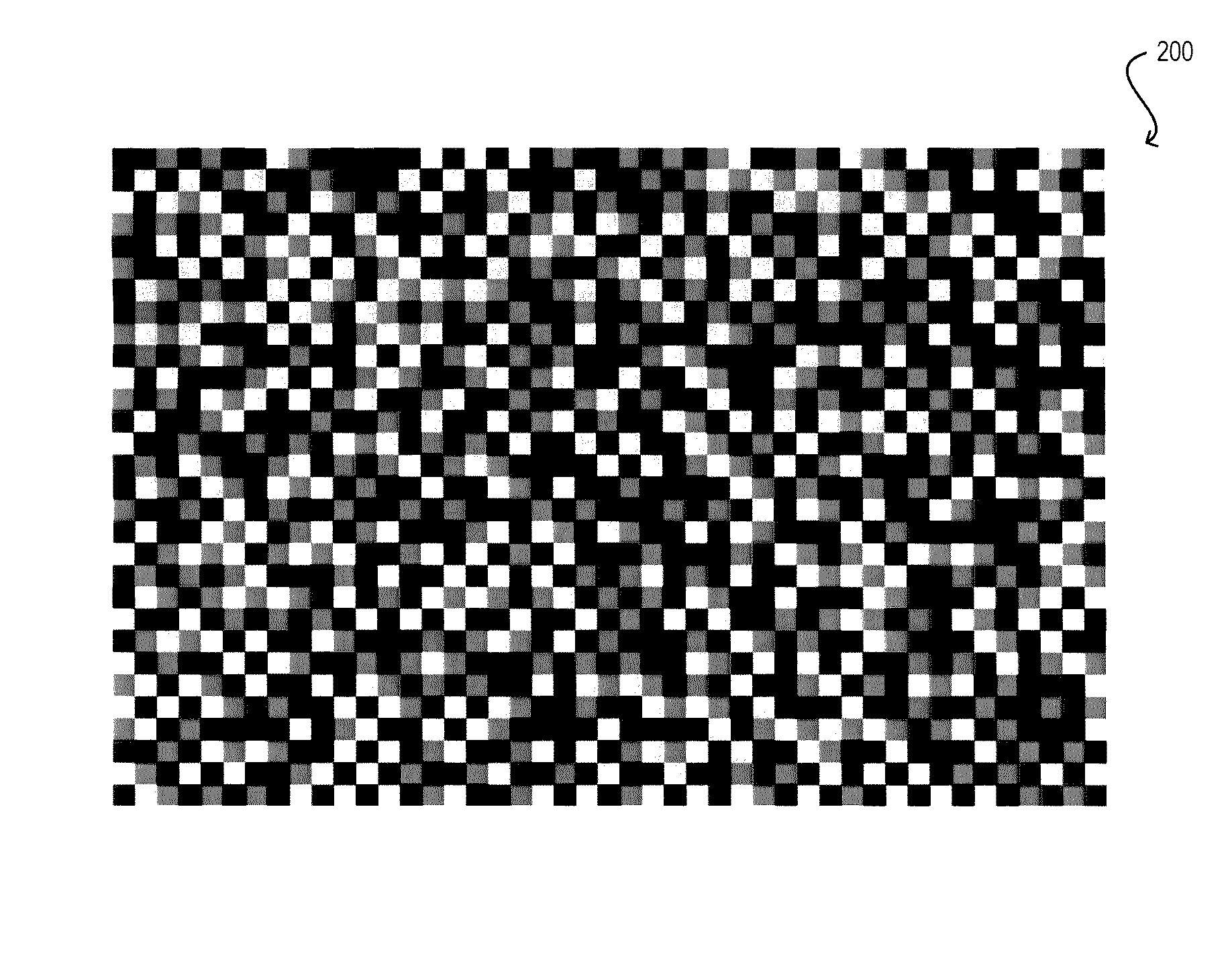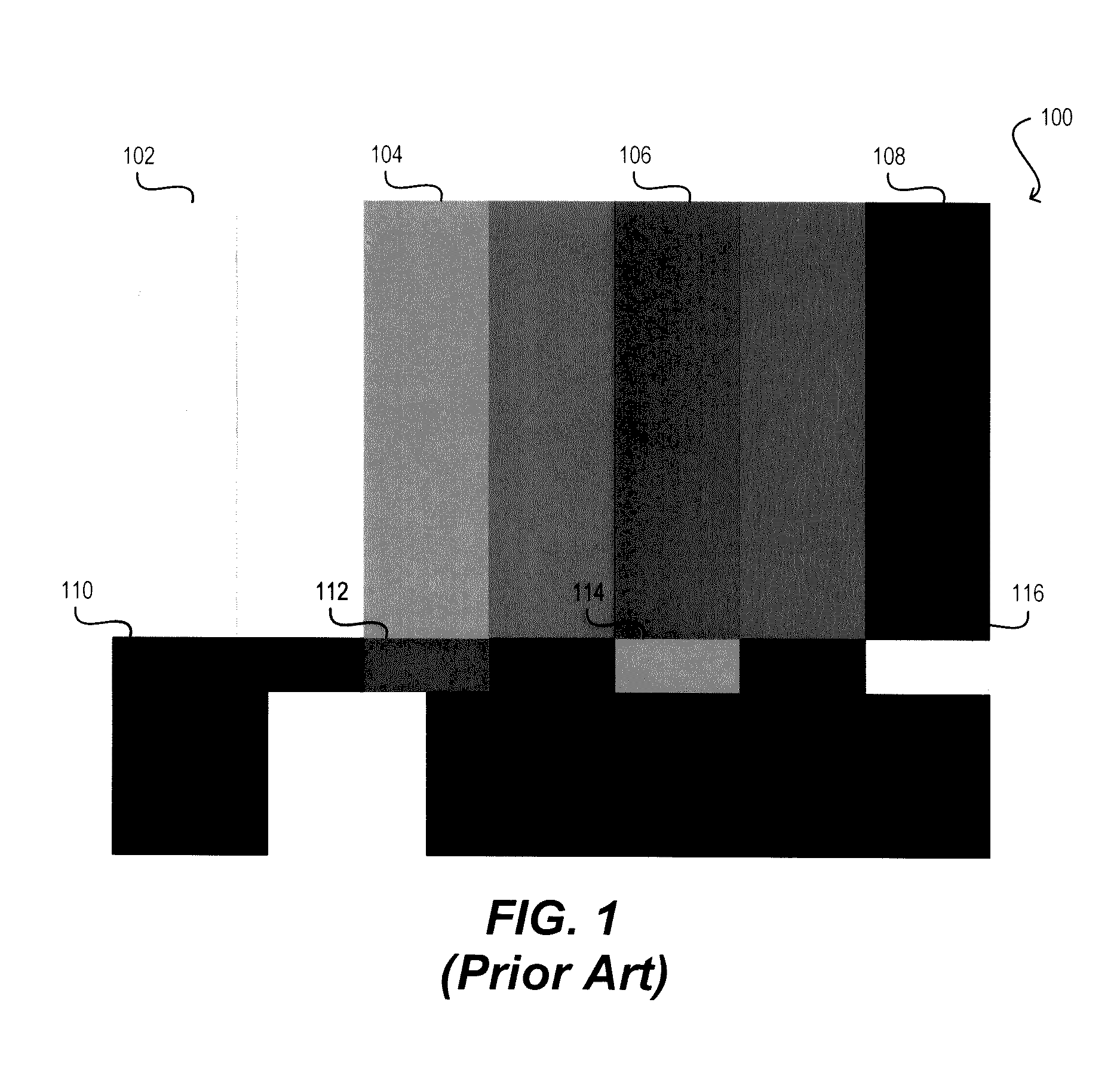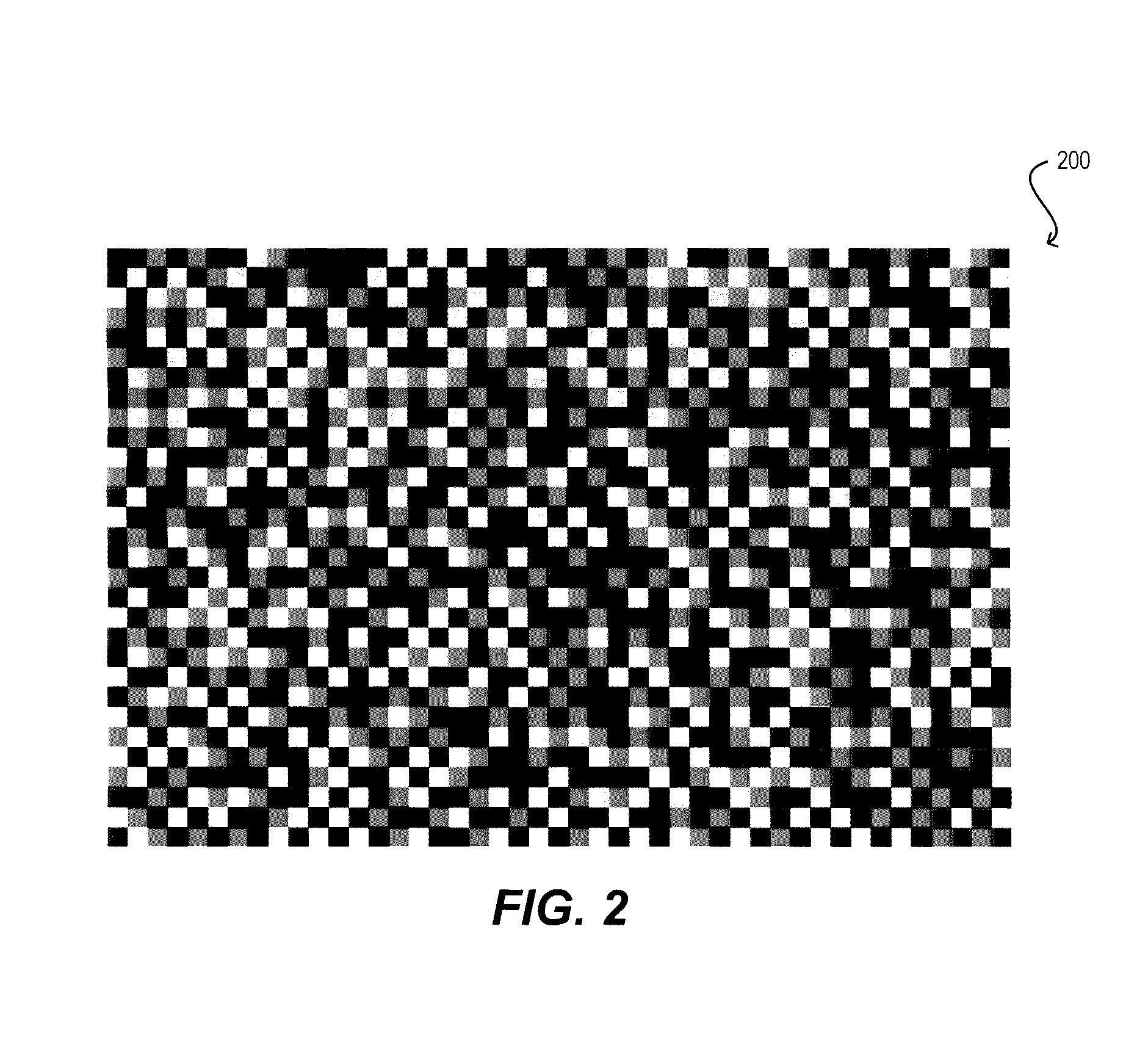Moving color test pattern
a color test pattern and motion technology, applied in the field of video test patterns, can solve the problems of difficult for users to judge the precise point at which these colors converge to a uniform brightness, and optical blue filters (such as the wratten 47b filters), so as to facilitate the test of color processing fidelity and facilitate the calibration of color processing controls
- Summary
- Abstract
- Description
- Claims
- Application Information
AI Technical Summary
Benefits of technology
Problems solved by technology
Method used
Image
Examples
Embodiment Construction
[0031]In the following description, for the purposes of explanation, numerous specific details are set forth in order to provide an understanding of the present invention. It will be apparent, however, to one skilled in the art that the present invention may be practiced without some of these specific details. In other instances, well-known structures and devices are shown in block diagram form.
[0032]FIG. 2 illustrates a first test pattern 200 in accordance with an embodiment of the present invention. In one set of embodiments, test pattern 200 (or an encoded version thereof) may be stored on a machine-readable medium including but not limited to RAM, ROM, EEPROM, flash memory, CD-ROM, DVD-ROM, Blu-Ray Disc, HD-DVD or other optical storage, magnetic cassettes, magnetic tape, and magnetic disk storage or other magnetic storage. In other embodiments, test pattern 200 may be generated in real-time by a signal-generating device such as a dedicated test signal generator, DVD player, Blue...
PUM
 Login to View More
Login to View More Abstract
Description
Claims
Application Information
 Login to View More
Login to View More - R&D
- Intellectual Property
- Life Sciences
- Materials
- Tech Scout
- Unparalleled Data Quality
- Higher Quality Content
- 60% Fewer Hallucinations
Browse by: Latest US Patents, China's latest patents, Technical Efficacy Thesaurus, Application Domain, Technology Topic, Popular Technical Reports.
© 2025 PatSnap. All rights reserved.Legal|Privacy policy|Modern Slavery Act Transparency Statement|Sitemap|About US| Contact US: help@patsnap.com



